Google Search Engine Result Pages (SERPs) have changed a lot over the years. Features like mobile, news, images, videos and the Knowledge Graph card have impacted the display, sorting and order of SERPs, dramatically impacting organic search.
Early 2016, Google decided that paid search ads will no longer appear on the right-hand side of search results for desktop users globally, and up to four paid search results will appear at the top of the page.
Paid search ads that fall below the fourth rank will appear at the bottom of the page, which has limited visibility to end users, for a total of seven ads per page max.
This is a BIG change, but how does it really impact your online marketing strategy for organic optimization and paid advertising?
How does this impact organic search?
Now that paid search ads are taking up more organic real estate, the local 3-pack is getting pushed down – and this pushes the organic results further down the screen. We are already seeing NO organic listings appear above the fold.
Example search in Spokane, WA for a law office “criminal defense attorney” –

This really highlights the importance of a solid local SEO strategy. If local SEO is relevant to you, I recommend focusing on getting into the local 3-pack to stay above the fold. I would also focus on being included in authoritative directories and review sites if they rank near the top of organic search results for local keywords, as it is likely difficult to outrank them.
How to get the most out of the New SERP –
If brands really want to get the most out of search, they’ll need to create an integrated organic and paid search strategy with focus on top rankings and paid ads to maintain visibility and be in front of their target audiences.
Agencies and brands must adapt to the dynamic landscape of the SERPs and put together results-driven strategies and tactics using both paid and organic search together to maximize ROI, capture more conversions and provide end users with relevant content in their moment of need.
